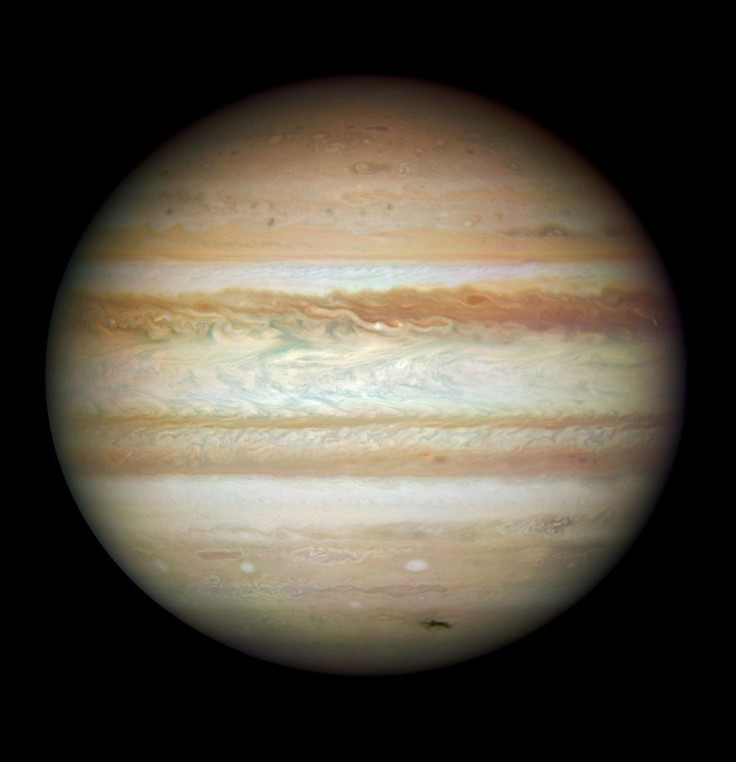Jupiter Shocking Discovery: Mysterious 'Blades' Spotted Near Shrinking Great Red Spot

Jupiter's Great Red Spot was recently spotted ejecting mysterious new formations by amateur scientists.
The Great Red Spot (GRS), an anticyclonic storm that is wider than Earth, has been swirling for hundreds of years now. However, it might be in the process of disappearing, since according to scientists, the famous vortex has been shrinking and possibly flaking off.
Glenn Orton, a lead NASA Juno mission team member and planetary scientist at NASA JPL, told Space.com via email that Jupiter's Great Red Spot, which was once referred to as "the Great Red Sausage" due to its more elongated form, is becoming smaller at a consistent rate over the years.
Now, "blades" and "flakes" were recently spotted emanating from the GRS in what some reports have called "an unraveling." However, other experts believe there might be a different explanation for these once-rare formations.
On May 17, amateur astronomer Christopher Go snapped Jupiter from the Philippines and noticed that the GRS had a reddish formation extending from its left side.
Another amateur scientist, Anthony Wesley, also captured an image of the mysterious flaky formations coming from Jupiter's Great Red Spot on May 19 and 22.
These "blades" had already been spotted once before. During NASA's Juno's 17th and 18th observational flybys of the gas giant, the spacecraft caught these new formations on camera as well.
According to Orton, the formations had been rarely seen on Jupiter before 2017.
"Some observers implied that these [blades] were induced by the arrival of vortices in a jet just south of the GRS moving from east to west that enter a dark area surrounding it that is characterized by deeper clouds, known as the 'Red Spot Hollow,'" Orton said. "Stay tuned, as the dark region around the GRS is growing in length, and we'll see what happens next."
Little is known about them at the moment, but perhaps more information will be revealed when the Juno probe makes another flyby over the Great Red Spot in July.
Meanwhile, Orton told Business Insider last year that Jupiter's most famous feature might disappear completely in two decades.
"[The GRS] will in a decade or two become the GRC (Great Red Circle) ... maybe sometime after that, the GRM [Great Red Memory]," he said.
Orton explained that the swirling had been over four times as wide as Earth back in the 1800s. However, by 1979, the GRS had become only a little over twice the diameter of our planet when it was snapped by the Voyager 2 spacecraft,
"Now it's something like 13 degrees wide in longitude and only 1.3 times the size of the Earth," he said. "Nothing lasts forever."
© Copyright IBTimes 2025. All rights reserved.





















